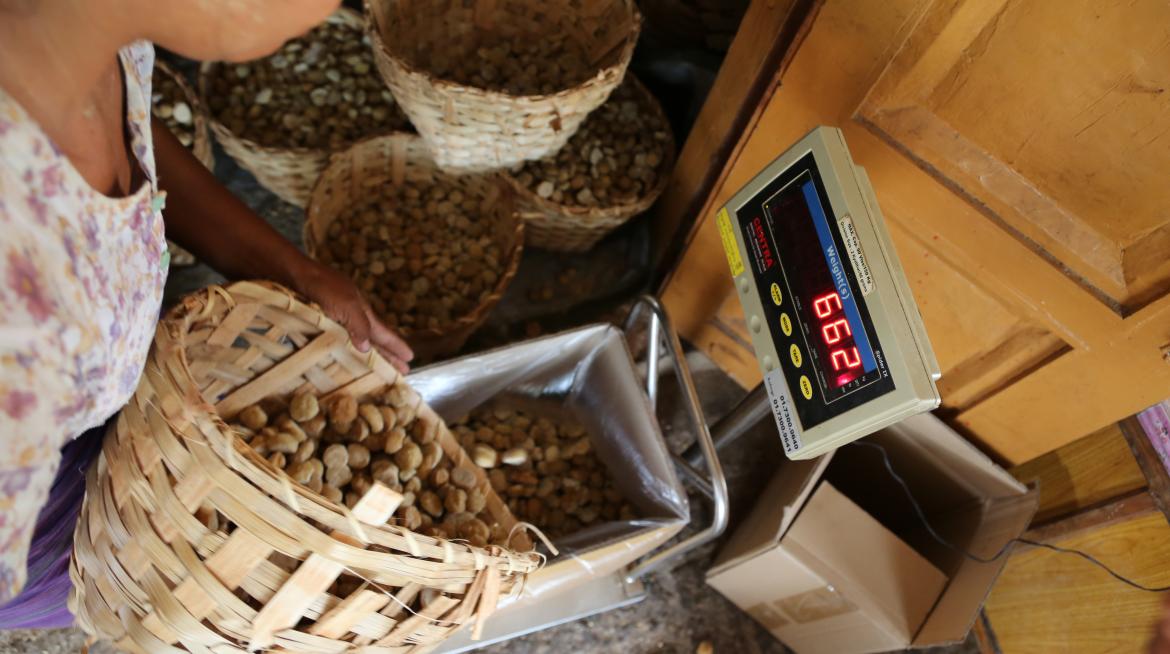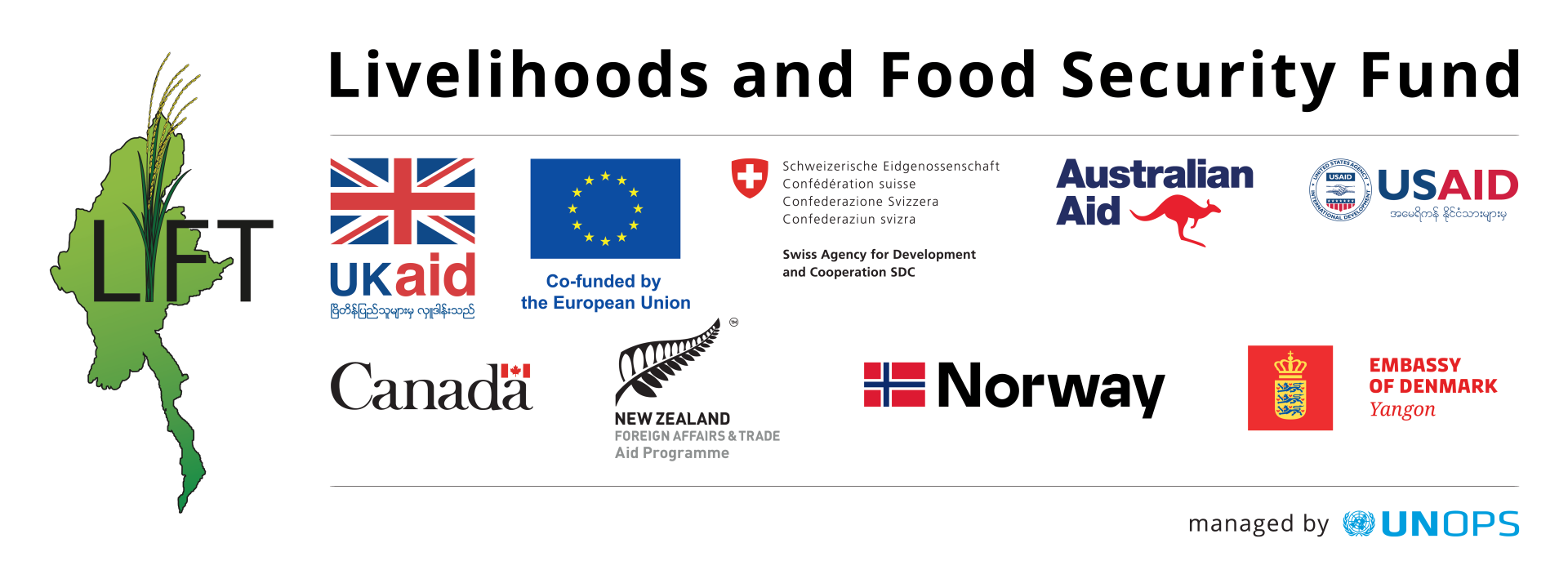
LIFT and the World Bank are preparing the Study of Economics of Farm Production in Myanmar. This announcement explains key elements and milestones of this work:
Why this study?
There is a large knowledge gap on farm production economics. Recent studies on rice value chain and the household surveys have partially filled the gap but they do not contain crucial evidence-based information at a sufficient level of representation that would help inform policy decisions.
For example, while many agree that the level of seed and fertiliser use is suboptimal, the level of actual use of these inputs per acre is not clear. How does it vary from region to region, and by crop, season, and ecosystem? Data is sparse - say, on the extent of mechanisation for different farm operations (including availability of mechanisation services). Other key examples where empirical evidence is missing are the importance of saved seed vs. seeds bought in the market and relative importance of family vs. hired labour. The information about the true degree of smallholder commercialisation or crop diversification remains scattered and it is often conflicting.
The difference in performance of small versus large farms is also unclear. There is a general perception in Myanmar that larger farms are superior to smaller ones, though there is no consistent empirical evidence of the benefits of large farms through economies of scale in production, marketing and improved access to finance. In fact, around the world smallholders are usually more efficient in using production factors than large farms.
Furthermore, the difference in profitability of crops produced in monsoon and summer seasons is not well explored. Finally, there is no consistent analysis of farm production costs and profitability in Myanmar, as well as return to agricultural labour in comparison to non-agricultural incomes, and factors that would share the future of Myanmar’s agricultural performance.
This knowledge gap greatly affects the quality of policy making.
How is this work being done?
The World Bank and LIFT partner with the Food and Agriculture Organization and the International Rice Research Institute to guide the data collection and economic analyses. Field data has been collected by the Myanmar Marketing Research and Development Company (MMRD), and the background analysis is carried out by Agrifood Consulting International.
What is the methodology?
The survey covers about 1,730 farming households in Ayeyarwaddy, Bago, Sagaing Regions and Shan State, targeting these crops: rice, beans and pulses, oil crops (sunflower seeds, sesame, and groundnuts), and maize. The farm surveys are conducted in two phases, covering the monsoon harvest (November-December, 2013) and summer harvest (April-July, 2014).
In Ayeyarwady, Bago, Sagaing and Shan State, six townships in each are being surveyed for a total of 24 townships. Within each township, four village tracts and their corresponding “main village” will be visited by the field teams. The number of sample units in each village tract is 15 to 21 farming households to reflect a proportional distribution of farmer holdings by region and state as reported in the Myanmar Census of Agriculture 2010. The subtotals by regions and state are: Ayeyarwaddy (484), Bago (380), Sagaing (501) and Shan (363) agricultural households.
The total number of townships within each State or Region is organised under three clusters defined by geographical area and the agro-ecological characteristics specific to the zones: (i) Sagaing Region: irrigated tract land, dry zone land and riverbed area; (ii) Shan State: southern interior, northern interior and border area; (iii) Ayeyarwaddy Region: land that uses salt water area, brackish water or fresh water; and (iv) Bago Region: west alluvial, east alluvial and east/west flooded lands
What’s next?
The primary data has been already collected and is being analysed. The results of the first survey was presented at the LIFT Annual Forum in November 2014. The results of the two surveys will be presented in March 2015. Stay tuned!


